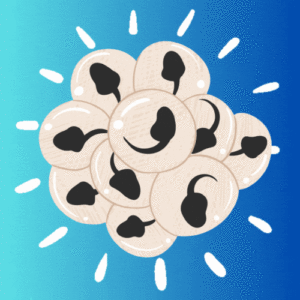
Learn more about tadpoles and frogs and why they are so important in science!
Frogs are Amphibians!
Frogs are amphibians, which means they can live in both water and on land. Frogs are not the only example of amphibians, look at the pictures below for some more!
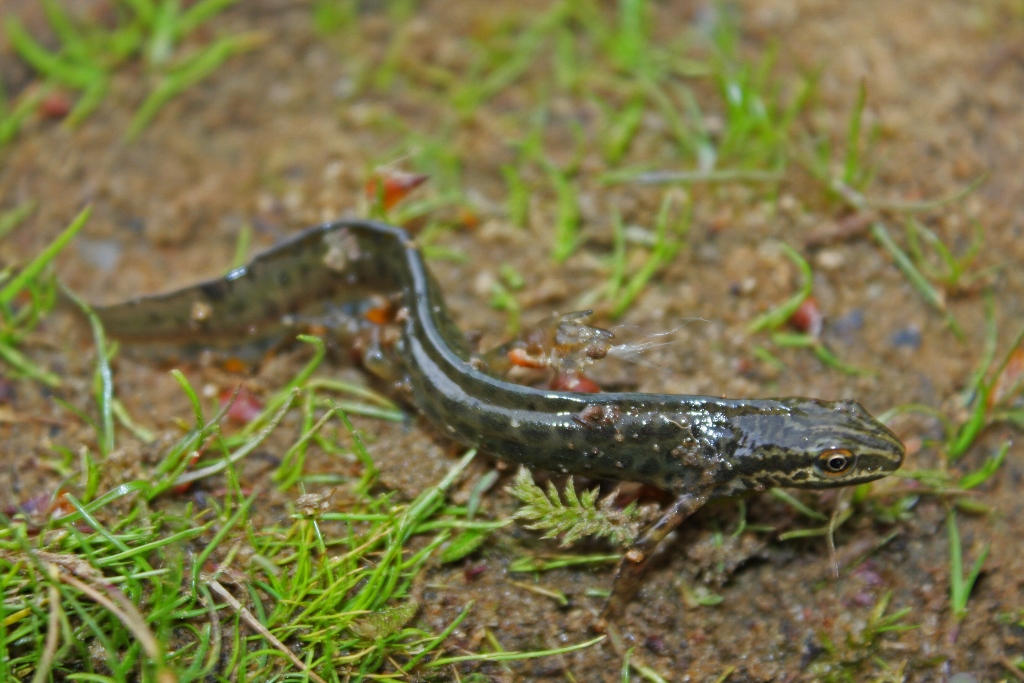
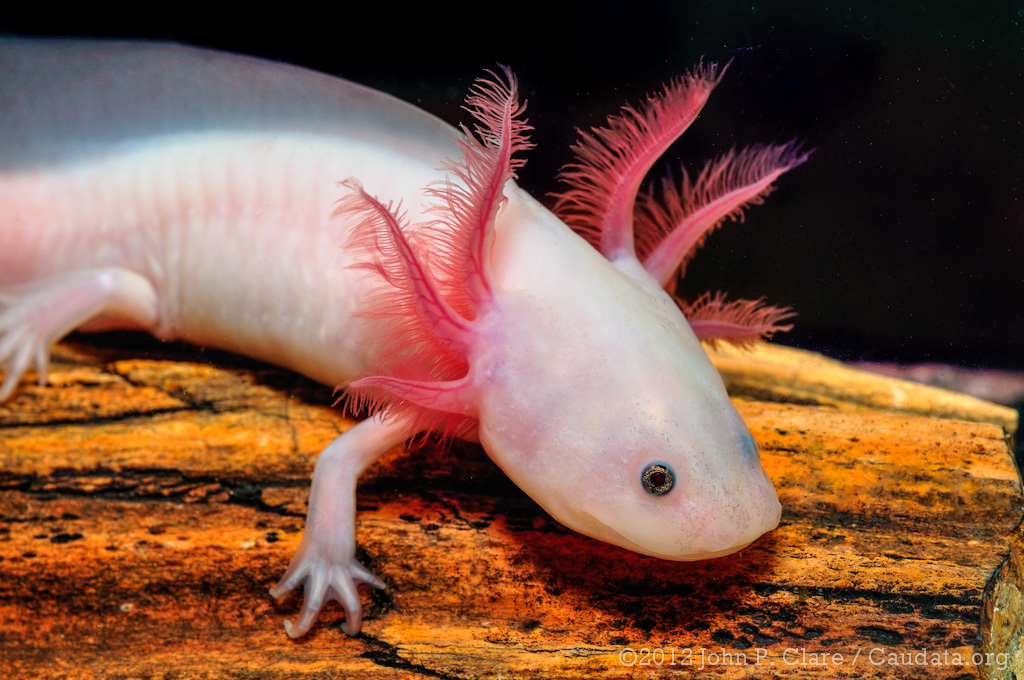
Almost all amphibians lay eggs in or near water. When baby amphibians first hatch, they have gills which help them to breathe underwater. As they grow they develop lungs, which helps them breathe air. These changes are part of an amphibian’s life-cycle. See if you can spot the tadpoles’ gills in the pictures below!
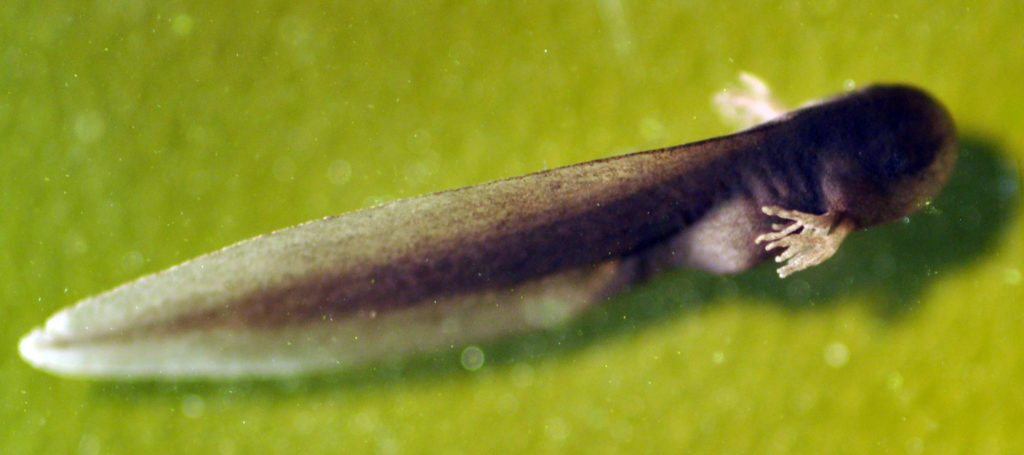
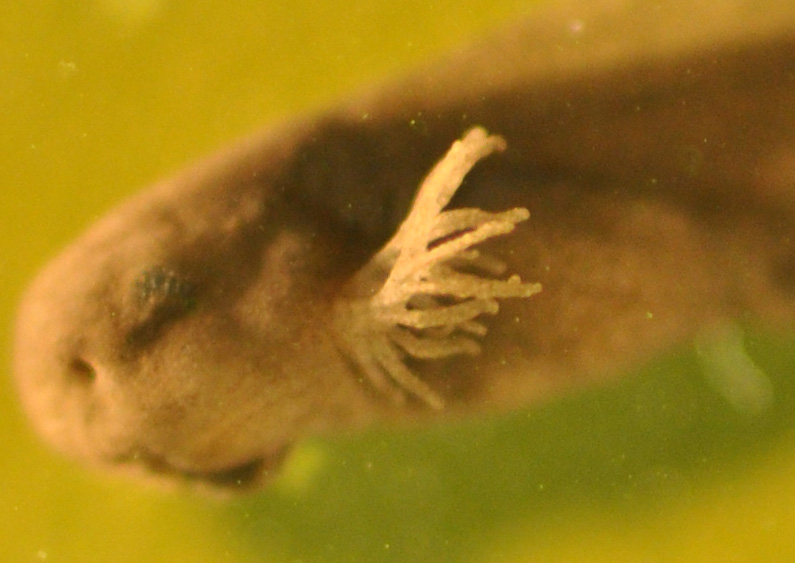
Amphibians are also cold blooded which means their bodies match to the temperature of the space around them. When it’s warm outside amphibians stay warm, but when winter comes they hibernate to survive the cold temperature. Slide between the two images below to see how weather can affect frogs and tadpoles.


Let’s recap…

Frogs are amphibians.

They can live in both water and on land.

Amphibians have gills when they’re young to help them breathe underwater. These later develop into lungs.

Amphibians are cold blooded.
Why Do We Study Tadpoles?
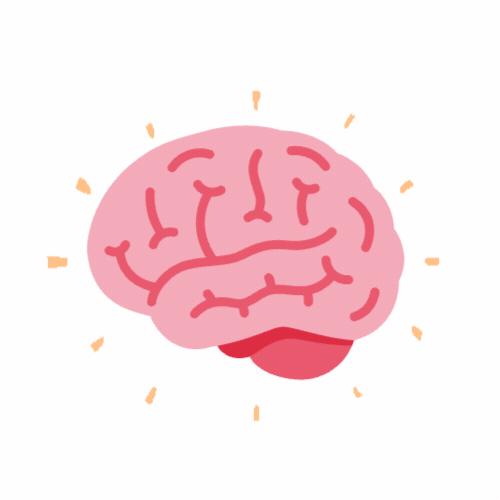
The brain is a very complex organ, which makes it hard for scientists to study it in animals like humans! To make this task easier, scientists can look at smaller and simpler animals to study the brain. This is where young tadpoles come in.

Young tadpoles have simpler brains and they show simpler behaviours. Scientists can watch young tadpoles eating or swimming and study how their brains make them complete these tasks.
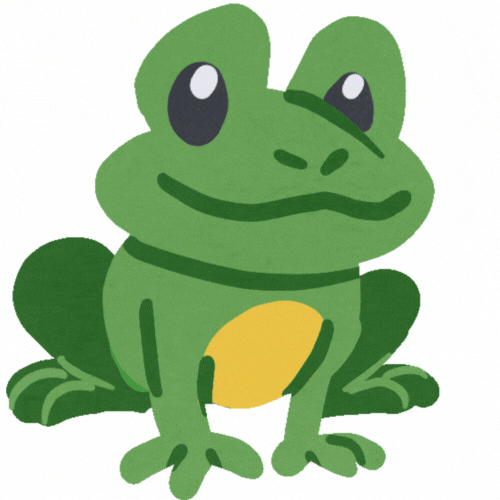
Tadpoles also grow into adults quite quickly compared to the humans. This helps scientists study the brain from when frog eggs (also called frog spawn) first hatch to when they change into fully grown frogs. Frogs also lay hundreds of eggs, so there are always plenty to study! To learn about why frogs lay so many eggs, click here.

Scientists have to take care of the tadpoles they study so they can grow into adult frogs. But not only scientists can do this, you can too! To learn about how to raise tadpoles at home, click here.

